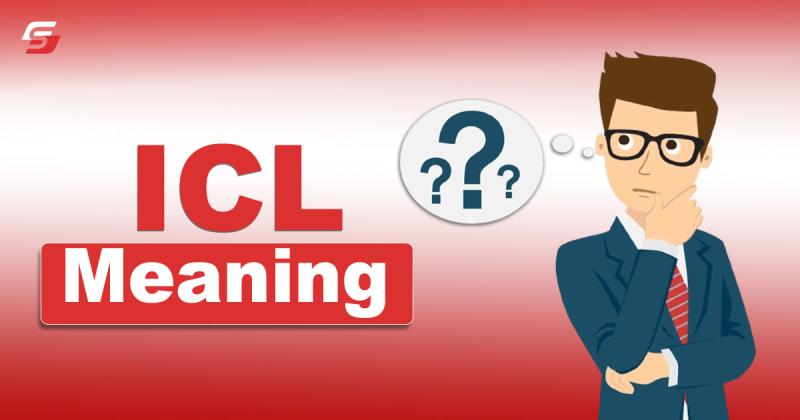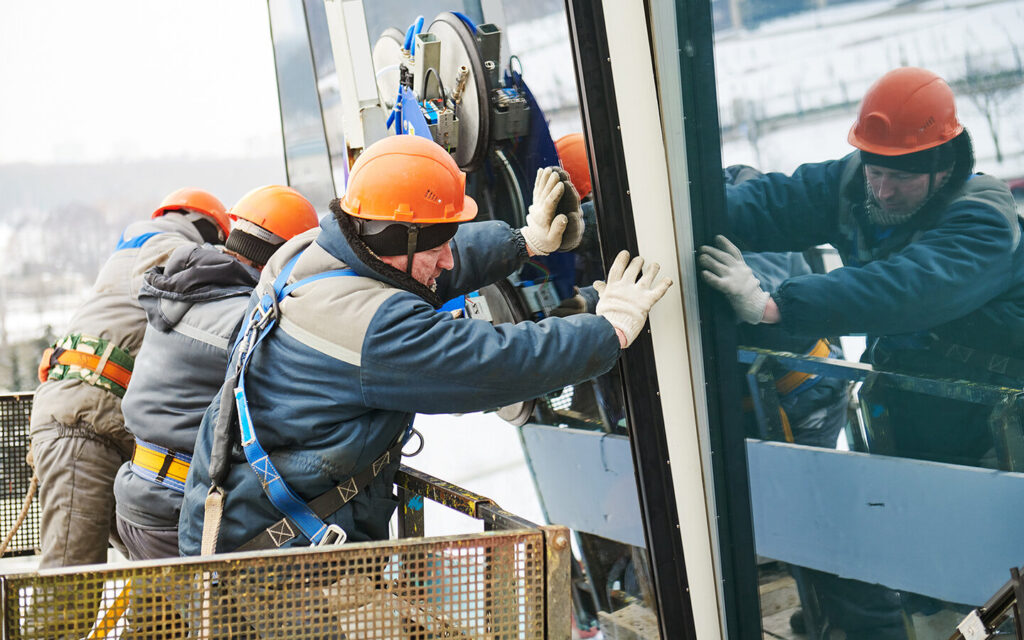In a world where everyone seems to be constantly moving, chasing deadlines, and managing multiple responsibilities, the simple act of saying “appreciate it” can have a profound impact. Whether in personal relationships, professional settings, or everyday interactions, expressing appreciation creates a ripple effect of positivity. In this in-depth article, we explore the many dimensions of appreciation, its psychological benefits, cultural significance, and practical ways to incorporate gratitude into our lives. So let’s dive deep into why it matters when we say “appreciate it.”
What Does “Appreciate It” Really Mean?
The phrase “appreciate it” is commonly used to convey gratitude. It can be a response to a favor, a kind word, an act of support, or a gift. At its core, the phrase acknowledges value—whether emotional, practical, or material.
- Linguistic Perspective: “Appreciate” comes from the Latin word appretiare, meaning “to value” or “to esteem.”
- Emotional Context: It expresses warmth, acknowledgment, and recognition.
- Social Function: It builds trust, strengthens bonds, and improves communication.
Even when shortened in casual speech, “appreciate it” carries a universal tone of kindness and humility.
Why Gratitude Matters in Modern Life
Saying “appreciate it” may seem small, but it’s part of a much larger framework: gratitude. This powerful emotion has been widely studied and is linked to several mental and physical health benefits.
Psychological Benefits:
- Improved Mental Health: Studies show that grateful people experience lower levels of depression and anxiety.
- Better Relationships: Couples who express gratitude tend to feel more positive toward each other.
- Enhanced Self-Esteem: Being thankful reduces social comparisons and boosts self-worth.
Physical Benefits:
- Better Sleep: Gratitude journals help people sleep better and longer.
- Reduced Stress: Expressing appreciation lowers cortisol levels and heart rate.
- Stronger Immunity: Positive emotions have been linked to better immune responses.
When you say “appreciate it,” you’re not only making someone feel seen—you’re also reinforcing your own mental and emotional health.
The Cultural Importance of Saying “Appreciate It”
Across different cultures, expressions of appreciation vary but share a common purpose: to foster connection.
- In the United States: “Appreciate it” is often used in casual conversations, business emails, and service interactions.
- In Japan: Gratitude is formalized through rituals like bowing and the use of phrases such as arigatou gozaimasu.
- In India: Expressions like “Dhanyavaad” or “Shukriya” carry deep respect and cultural tradition.
- In Africa: Gratitude is shown through storytelling, songs, and communal gatherings.
Regardless of geography or language, gratitude is a bridge that connects people through understanding and mutual respect.
Different Ways to Say “Appreciate It”
Sometimes, using a variation of “appreciate it” can feel more authentic or appropriate for the context. Here are alternatives you can use:
Casual Settings:
- “Thanks a lot.”
- “Really appreciate it!”
- “Much appreciated.”
Formal Settings:
- “I sincerely appreciate your help.”
- “Your assistance is greatly appreciated.”
- “Thank you for your support; I appreciate it immensely.”
Creative Expressions:
- “Forever grateful.”
- “Words can’t express how much I appreciate it.”
- “Appreciation beyond words.”
These phrases, though slightly different, carry the same intent and emotional weight.
Practical Ways to Show Appreciation
While saying “appreciate it” is powerful, actions can often speak louder than words. Here are some meaningful ways to show appreciation in your daily life:
1. Write a Thank-You Note
A handwritten note may feel old-fashioned, but it’s a heartfelt way to express thanks.
2. Give Small Gifts
A token gift—a coffee, a plant, a book—can be a wonderful way to say “I appreciate it.”
3. Offer Help in Return
If someone helps you, offer to return the favor. Reciprocity builds stronger relationships.
4. Recognize Publicly
Appreciate someone during a team meeting, on social media, or in a group message.
5. Spend Quality Time
Time is one of the most valuable gifts. Spend time with someone to show they matter to you.
“Appreciate It” in the Workplace
Work environments can be stressful, competitive, and impersonal. Injecting gratitude into the office space can change everything.
- For Managers: Saying “I appreciate it” to employees boosts morale, increases productivity, and reduces turnover.
- For Colleagues: Peer-to-peer appreciation creates a collaborative and positive team atmosphere.
- For Clients/Customers: A simple note saying “We appreciate your business” can foster loyalty and satisfaction.
A culture of appreciation turns companies from mechanical environments into thriving ecosystems of human connection.
Teaching Children to Say “Appreciate It”
Gratitude isn’t always natural—it often needs to be taught and modeled. Parents and teachers can:
- Lead by Example: Use “appreciate it” in everyday life.
- Create Gratitude Routines: Like saying what they’re thankful for at dinner or bedtime.
- Reward Appreciation: Praise kids when they use the phrase or show thankfulness.
Cultivating gratitude from a young age sets the foundation for happier and more empathetic adults.
Common Misconceptions About “Appreciate It”
Let’s address a few myths:
1. It’s Just Polite Fluff
While some people may say “appreciate it” out of habit, its emotional impact remains powerful when said sincerely.
2. It’s Only for Big Gestures
Not true. You can appreciate someone for holding a door, replying to an email, or just listening.
3. You Need a Reason to Say It
Appreciation doesn’t need a special occasion. Expressing thanks regularly keeps relationships strong.
How to Make “Appreciate It” Sound Genuine
Tone, timing, and context make a huge difference in how appreciation is received. Here’s how to keep it real:
- Be Specific: Instead of a generic “appreciate it,” say “I really appreciate you staying late to finish that project.”
- Make Eye Contact: In face-to-face interactions, eye contact conveys sincerity.
- Follow Up with Action: Show appreciation through your behavior or future support.
The Science Behind Gratitude: Why “Appreciate It” Works
Neuroscience reveals that gratitude affects the brain by increasing dopamine and serotonin, the “feel-good” chemicals. This not only elevates mood but also rewires the brain to seek positivity. Saying “appreciate it” activates these areas, creating lasting impressions on both the giver and receiver.
Conclusion
In a society dominated by digital interactions and fast-paced living, taking a moment to say “appreciate it” can be a revolutionary act. Whether it’s acknowledging a small favor, thanking a loved one, or simply noticing someone’s effort, expressing appreciation uplifts both parties. It enriches relationships, enhances well-being, and creates a culture of kindness.
So the next time someone helps you out, answers your question, or simply shows up—don’t hesitate. Say “appreciate it,” and mean it. That one small phrase could change someone’s day… or even their life.
FAQs
Q1: Is there a difference between “thank you” and “appreciate it”?
Yes. “Thank you” is more direct and often formal, while “appreciate it” adds an emotional layer that emphasizes value and recognition.
Q2: Can I use “appreciate it” in professional emails?
Absolutely. It’s a respectful and effective way to end an email. For example: “Thanks again for your time—I truly appreciate it.”
Q3: What’s the best way to teach kids to say “appreciate it”?
Model it yourself. Kids learn through observation. Reinforce the behavior with praise and consistency.
Q4: How often should I express appreciation?
There’s no limit! As long as it’s sincere, appreciation can and should be expressed regularly.
Q5: Can expressing appreciation improve mental health?
Yes. Studies show that gratitude reduces stress, anxiety, and depression while improving overall life satisfaction.
Also read: Zyn Shortage



Pingback: Title: Best Mens Bedroom Ideas: Stylish, Functional, and Modern Designs for Every Man - NYWeeklys